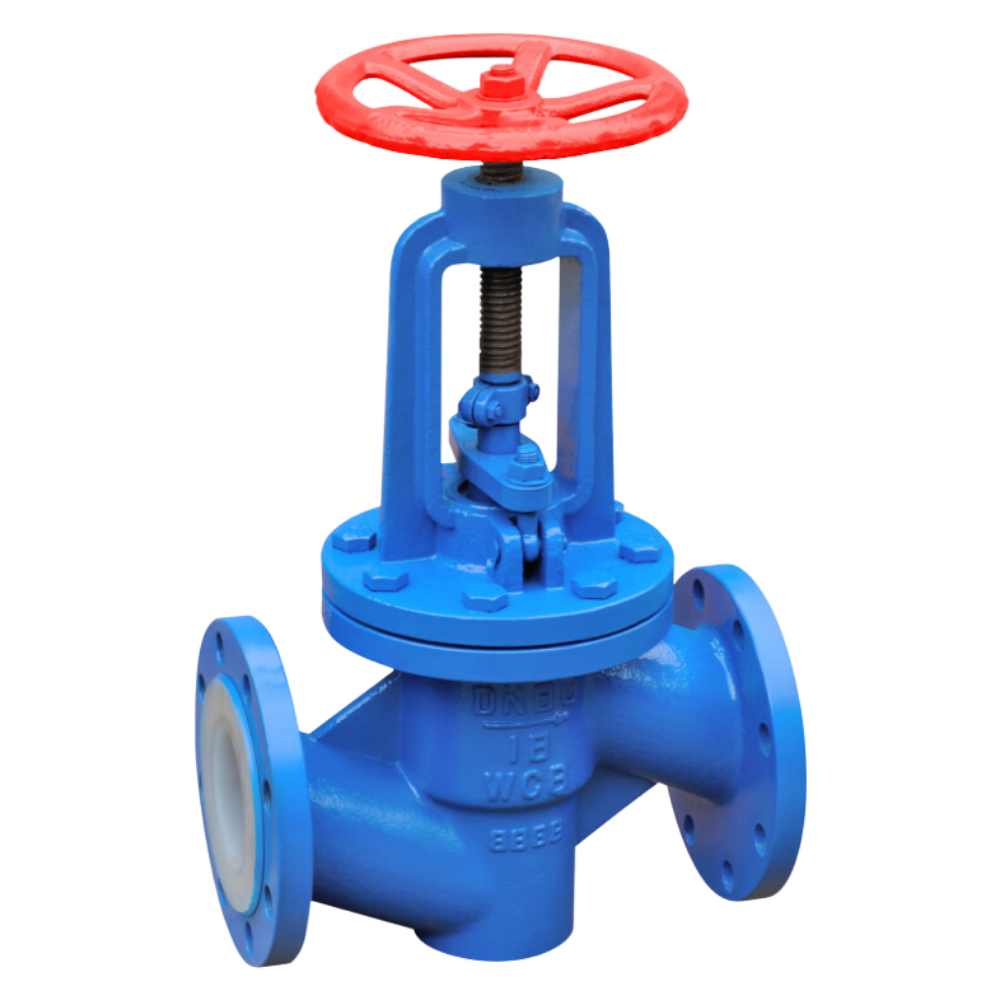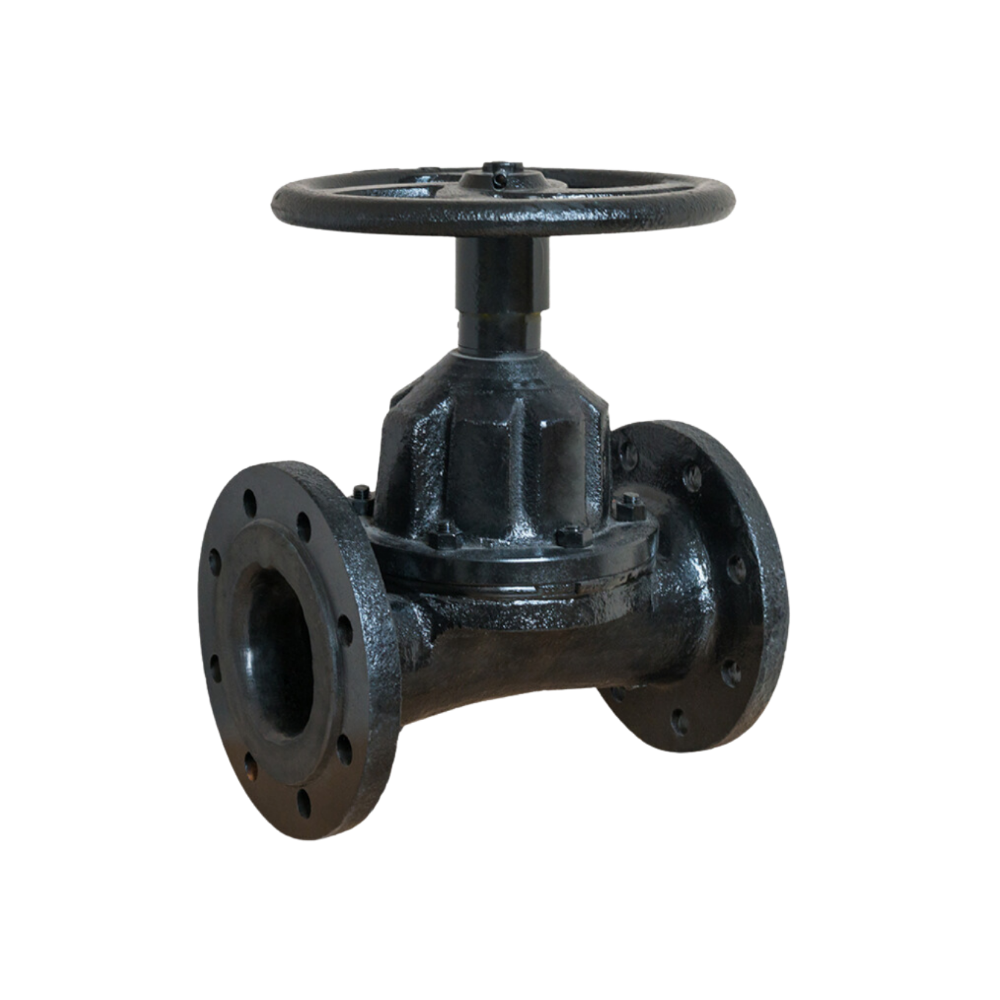

A globe valve is commonly used to regulate flow in pipelines by adjusting the amount of liquid or gas that passes through it.
Unlike other valves, it offers precise control over flow and pressure, making it ideal for throttling applications.
Its design allows for better shutoff capability compared to other valves, such as gate valves.
Globe valves are widely used in industries such as oil and gas, water treatment, and chemical processing, where reliable control is essential.
In this article, we will explore the functionality, components, types, and applications of globe valves, as well as tips for choosing the right one.

A globe valve is a type of control valve used to regulate the flow of liquids or gases in a pipeline.
The flow is controlled by a movable plug (also called a disc) that seats against an opening in the valve body.
By adjusting the position of the disc, the valve can either throttle or fully shut off the flow.
Globe valves are ideal for throttling because of their unique design, which offers more accurate flow control compared to gate valves.
The body is the main part of the globe valve, containing the internal components that control the flow. It is designed to handle pressure and resist corrosion.
The disc or plug is the movable part of the valve that controls the flow of fluid. When the disc is lowered, it closes the valve by blocking the flow path.
The seat is a ring-shaped surface where the disc seals against the valve body to stop the flow. The quality of the seat directly affects the valve’s shutoff ability.
The stem connects the disc to the actuator or handwheel, transferring motion to raise or lower the disc.
The bonnet covers the valve body and protects the stem and other internal components. It also serves as a seal to prevent fluid leakage.
The actuator or handwheel allows the operator to control the valve manually or automatically, adjusting the disc to regulate flow.
The most common type, the tee pattern globe valve, has a horizontally arranged disc that provides excellent throttling capabilities. However, it also has the highest resistance to flow.
The angle pattern globe valve changes the direction of flow by 90 degrees, making it useful in systems where space is limited. It offers low-pressure drop and good flow control.
The wye pattern globe valve has a seat and stems angled at around 45 degrees. It offers less flow resistance than other types and is preferred for systems that need to remain open for long periods.
To test a globe valve, follow these steps:
Step #1: Visual Inspection: Check the valve for any visible signs of wear, cracks, or damage.
Step #2: Operational Test: Open and close the valve manually or through the actuator to ensure it moves smoothly.
Step #3: Leak Test: Pressurize the valve and check for any leaks, either by using air pressure or liquid under standard testing conditions.
Testing ensures the valve’s operational efficiency and integrity, especially before installation.
When installing a globe valve:
#1: Ensure Proper Flow Direction: Check for an arrow or marking on the valve body to align the valve with the correct flow direction.
#2: Place Vertically: Globe valves work best when installed in a vertical position with the stem pointing upward.
#3: Support the Pipeline: Ensure the pipeline is adequately supported to prevent stress on the valve.
Proper installation ensures that the valve operates efficiently and has a long service life.
| Pros | Cons |
| Excellent throttling ability | Higher pressure drop than gate valves |
| Provides good shutoff capability | Requires more force to operate |
| Suitable for frequent operation | Prone to wear in high-flow conditions |
| Easy to maintain and repair | Higher cost than some other valves |
If your application needs precise flow control, a globe valve, particularly a tee pattern, may be the best option due to its superior throttling capability.
For systems where pressure drop is critical, opt for a wye pattern globe valve as it offers lower resistance to flow compared to other types.
Ensure that the globe valve is made from materials compatible with the fluid being controlled.
Stainless steel globe valves are ideal for corrosive environments, while bronze or brass may be suitable for water systems.
The primary difference between gate valves and globe valves lies in their functionality.
While gate valves are typically used for on-off services, globe valves excel in throttling applications.
Gate valves are fully open or fully closed, whereas globe valves allow for fine-tuning of flow.
| Feature | Gate Valve | Globe Valve |
| Flow Control | Limited | Precise |
| Pressure Drop | Low | High |
| Suitable for Throttling | No | Yes |
| Common Applications | On/Off Control | Flow Regulation |
The key difference between globe valves and ball valves is in their design and purpose.
Globe valves are designed for throttling and flow control, while ball valves provide quick, reliable shutoff with minimal pressure drop.
Ball valves are ideal for applications requiring fast actuation, while globe valves are better for precise flow management.
You can identify a globe valve by its distinct bulging shape, with the valve body typically larger around the middle where the disc is located.
If the stem is extended upward, the valve is open. If the stem is flush with the bonnet, the valve is closed.
The tee pattern globe valve is the most common, offering excellent flow control and shutoff capabilities for a wide range of applications.
The main disadvantage of a globe valve is the high-pressure drop it causes, making it less suitable for applications requiring minimal flow resistance.
The key advantage of a globe valve is its ability to throttle flow with precision, making it ideal for applications requiring controlled flow rates.
LIANKE is a leading manufacturer of high-quality globe valves, which offers a range of products for various industrial applications.
Our fluorine-lined globe valve is ideal for handling corrosive fluids in industries such as chemical processing and water treatment.
The fluorine lining protects the valve body from corrosive damage while offering precise flow and pressure regulation.
This design ensures durability and reliability, even in harsh environments.
Experience a decade-long reliable partnership with LIANKE. Contact us today!
Resources:

What is a Pinch Valve? A pinch valve is a control valve that utilizes pressurized air to manage fluid flow. Pinch valves are also referred to as squeeze valves or clamp valves. It is a cost-effective option due to its simplicity and low friction, making it resistant to clogging. Pinch valves find applications in on/off […]

From delivering purified water in a pharmaceutical lab to controlling the flow of corrosive chemicals in an industrial facility, diaphragm valves play a vital role in ensuring efficiency and safety. Known for their durability, tight sealing, and ability to handle diverse fluids, these valves are indispensable in many industries. Whether it’s a clean environment or […]

In industries like pharmaceuticals, food processing, and water treatment, ensuring the smooth flow of liquids, gases, or slurries is crucial to maintaining system efficiency and safety. Diaphragm valves stand out in these fields for their reliability, precision, and ability to handle a variety of substances, from clean water to corrosive chemicals. While they provide several […]

Diaphragm valves may not always be in the spotlight, but their role in controlling fluid flow is vital across various industries. These valves are designed with a flexible diaphragm that regulates the flow of liquids, gases, and semi-solids. From pharmaceuticals to water treatment, diaphragm valves provide precise control, tight shut-offs, and efficient fluid management. In […]



